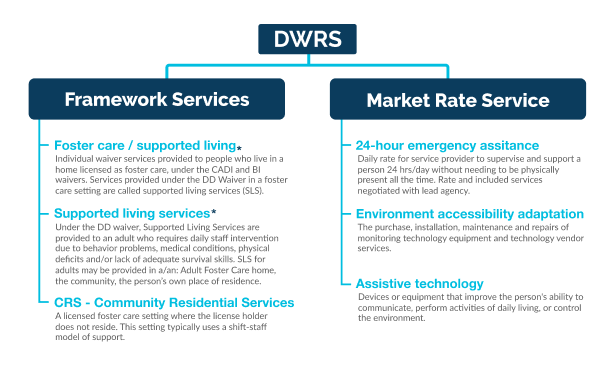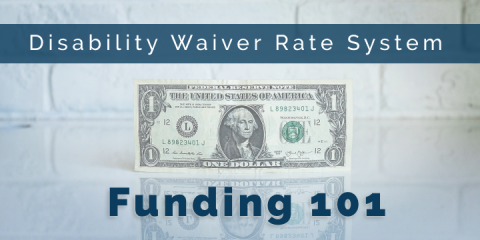
Funding 101
Disability Waiver Rate System
Tuesday, October 24, 2017 - 09:31

Download Funding 101 – PDF Handout
Key Points
- There are numerous funding streams that providers and service recipients can use to support technology use.
- Minnesota has one of the strongest models for funding the use of technology.
- Providers, technology suppliers, and individuals should work together to determine the right mixture of services and funding supports.
- Remote support for residential services under the Disability Waiver Rate System is recognized as a form of supervision on the 6790 and rolled into the service provider daily rate.
- 24-hour emergency assistance, paid to a service provider, and environmental accessibility adaptations, paid to the technology vendor, are available for people living in their own home.
- Funding for technology is also available under the CDCS waiver and some items through State Plan services.
*Monitoring technology: 3 supervision/support options. 1) Awake on-site staff 2) Sleep on-site staff 3) Remote monitoring supervision
Download Funding 101 – PDF Handout, or visit the Technology Resource Center and learn more about Funding.



